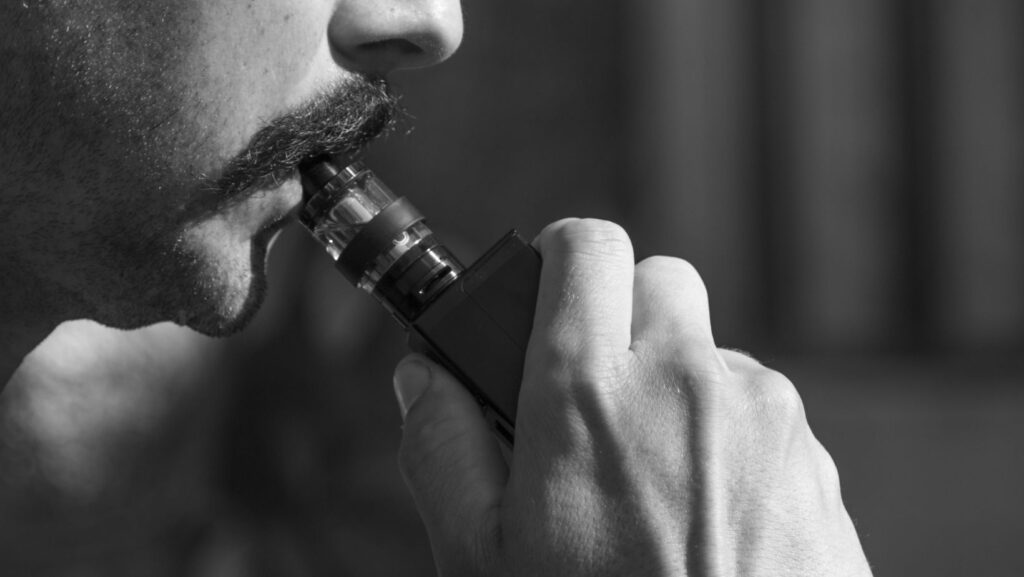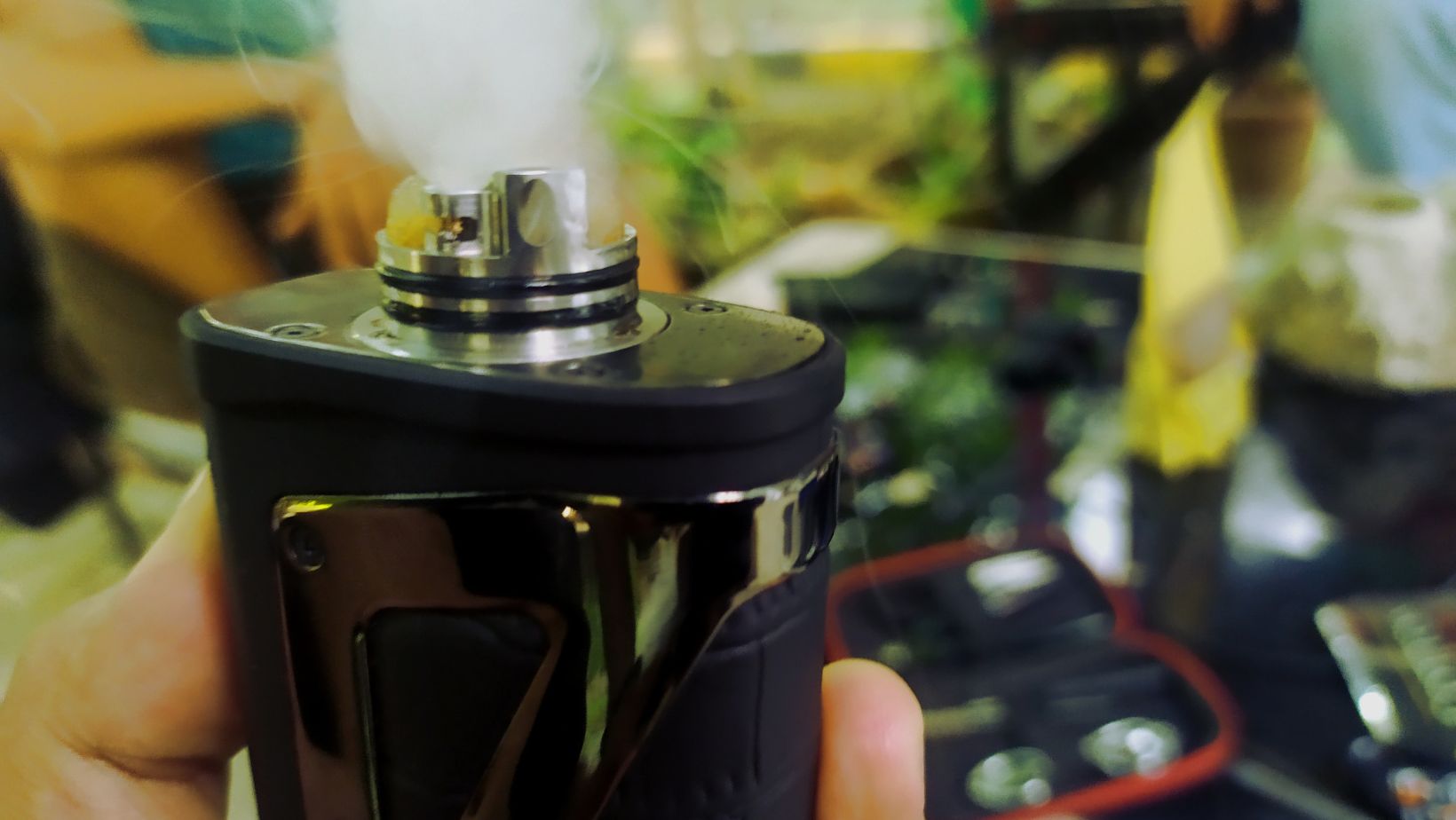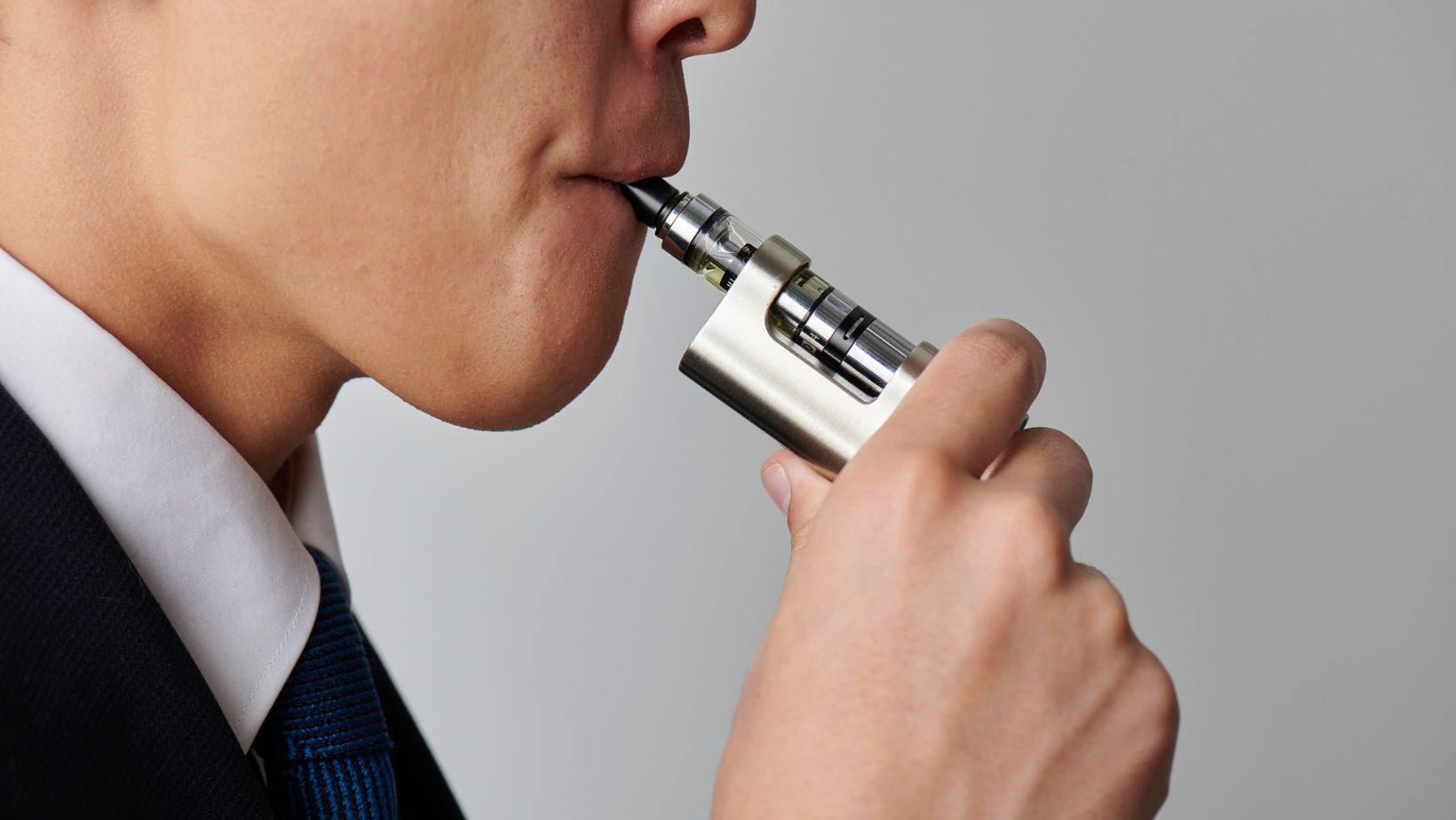
Introduction
The world of nicotine consumption has evolved dramatically over the last few decades. Traditional tobacco products such as cigarettes, cigars, and chewing tobacco once dominated the market. But with increased awareness of their health risks and the growing interest in harm-reduction methods, alternatives like nicotine patches, lozenges, gums, and more recently, vaping, have surged in popularity. Vaping, in particular, has captured attention for its unique appeal, especially among those seeking a different kind of nicotine experience.
Vaping is not simply a replacement for smoking — it’s an entire category of its own. It combines technology, personalisation, and convenience in ways that set it apart from all other nicotine products. From the vast range of flavours to the customizable devices and smoother nicotine delivery, vaping offers an experience that is both sensory and social. This article explores what truly makes vaping different and why so many users find it to be a preferred method for nicotine use.
Vaping offers a customisable experience unlike any other nicotine product
One of the most defining features of vaping is the level of personalisation it allows. With traditional cigarettes or nicotine patches, the experience is largely the same for every user. Vaping, on the other hand, gives users control over the device, nicotine strength, flavour, and even the temperature at which they vape. This makes it more flexible and user-friendly for people with different needs and preferences.
Whether you want a strong throat hit or a smooth inhale, a small stealthy device or a high-powered cloud machine, the vaping world lets you choose. This customisable nature makes it easier for users to gradually taper down their nicotine intake or experiment with different setups until they find what works best for them. It turns nicotine use into something more thoughtful and tailored — not just habitual.
Vaping does not involve combustion and drastically reduces smoke exposure
Unlike cigarettes and cigars, which burn tobacco to release nicotine, vaping uses heat to vaporise e-liquids. This process — called aerosolization — doesn’t create smoke, ash, or tar. Instead, it produces a vapour that contains nicotine and flavouring, without many of the harmful chemicals generated by combustion. This is one of the most significant differences between vaping and traditional smoking.
Because there’s no fire or smoke, the exposure to secondhand effects is also lower. Vapers often notice they don’t smell like smoke, and their environment — from clothes to cars — doesn’t carry the lingering scent of burnt tobacco. While vaping is not risk-free, the absence of combustion makes it a less harsh alternative, especially for former smokers trying to reduce harm while still satisfying their cravings.
The variety of flavours makes vaping more appealing and less monotonous
Cigarettes and chewing tobacco typically come in limited flavour profiles — tobacco, menthol, and not much else. In contrast, vaping opens the door to thousands of flavour combinations, ranging from fruits and desserts to beverages and spices. This variety adds a layer of enjoyment that is entirely unique to vaping.
Many users say that experimenting with flavours keeps their experience fresh and interesting. They may use a menthol flavour in the morning, switch to a fruit mix in the afternoon, and unwind with something sweet in the evening. High-quality vape liquids make this possible, offering reliable blends that can satisfy not just cravings but also sensory enjoyment. This range makes vaping more engaging and far less repetitive than other nicotine options.
Vaping provides more control over nicotine intake than most other options
While nicotine patches, gums, and lozenges offer different dosages, they do not provide the same level of control and flexibility as vaping. With vaping, users can choose exact nicotine concentrations — from nicotine-free (0mg) to high-dose (20mg or more) — and adjust it over time as needed.
This is especially helpful for people who want to gradually reduce their nicotine dependency. Instead of jumping from a high-dose gum to a lower one and dealing with withdrawal symptoms, users can fine-tune their nicotine strength milligram by milligram in their vape liquid. This gives them more autonomy over how they taper down, without giving up the hand-to-mouth ritual that is often a big part of the habit.
The hand-to-mouth ritual of vaping mimics smoking more closely than other alternatives
For many people, the physical act of smoking is just as addictive as the nicotine itself. That hand-to-mouth motion, the exhale, the pause — these are behavioural rituals deeply tied to the experience. Nicotine patches and gums do not address this behavioural aspect, which is one reason some people find them unsatisfying.
Vaping, however, mirrors the physical and sensory cues of smoking. It provides the visual feedback of vapour, the feeling of inhaling and exhaling, and the brief breaks during the day that smokers often take. This familiarity helps people transition away from cigarettes more smoothly, offering a satisfying substitute that addresses both chemical and habitual dependencies.
Vaping devices offer convenience, portability, and minimal maintenance
Modern vaping devices are sleek, compact, and built for convenience. Disposable vapes, refillable pods, and compact vape pens all cater to different lifestyles and preferences. Unlike some nicotine alternatives that require a fixed schedule (like patches), vaping can be done as needed, when the craving hits.
Maintenance is minimal for most devices, and refilling or replacing parts can be done in seconds. This level of convenience appeals to people with busy routines who want a reliable and discreet option. Vaping doesn’t require a lighter, ashtray, or a place to dispose of cigarette butts — everything you need fits in your pocket.
Vaping is often more socially accepted than traditional smoking or chewing tobacco
The social perception of vaping has shifted significantly over the years. While cigarette smoking has become increasingly restricted and frowned upon in public, vaping is often seen as a less intrusive and more socially acceptable alternative. The vapour disappears quickly, and it doesn’t leave behind the strong smell associated with smoke.
Some indoor and outdoor spaces still restrict vaping, but many users report fewer issues compared to smoking. Socially, vaping is more aligned with personal wellness and tech-forward lifestyles, especially when compared to the stigma attached to traditional smoking or chewing tobacco. This shift in perception makes it easier for people to vape without feeling judged or excluded.
Vaping supports gradual lifestyle changes and long-term habit transformation
Unlike gums or patches that are often used in short-term smoking cessation programs, vaping offers the potential for long-term lifestyle integration. It can evolve with the user — starting with higher nicotine strengths and eventually moving to nicotine-free liquids. It’s not just a product; it’s a tool for transformation.
Users can monitor their progress, set goals, and track how their habits change over time. Whether it’s moving to lower nicotine levels, trying new flavours to reduce dependency, or using vaping as a replacement for smoking entirely, the process becomes more mindful and measured. Vaping isn’t just about quitting — for many, it’s about finding a better, more sustainable way to live with or without nicotine.
Conclusion
Vaping stands apart from other nicotine products because it addresses more than just the chemical dependency. It combines personalisation, sensory satisfaction, and convenience in ways that are unmatched by traditional or pharmaceutical nicotine alternatives. From the variety of flavours to the ability to control dosage and ritual, vaping gives users a sense of agency that is rare in the nicotine space.
While it is not without risks and should be approached with responsibility, vaping provides a harm-reduction path that many find both effective and enjoyable. What began as curiosity for many has turned into a lifestyle shift — one that reflects the evolving needs of people who want choice, control, and comfort in their journey with nicotine.




